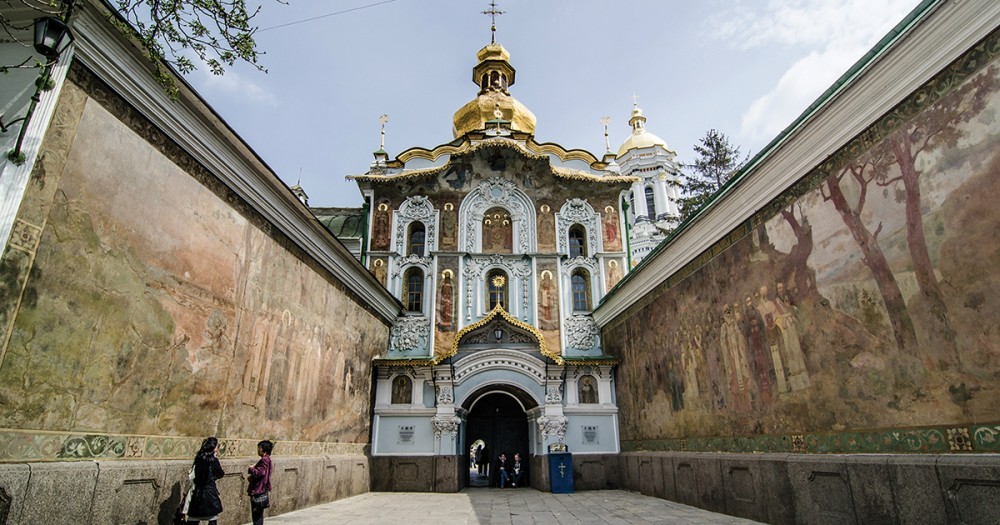The Orthodox in Ukraine and their rival churches
The creation of a new body echoes old hostilities.

Many Westerners tended to think of the old Soviet Union as effectively synonymous with Russia and assume that terms like Russian apply to that country’s successor states. Of course, any such view is incorrect, and deeply hurtful to the former Soviet peoples and states that have in recent years reasserted their older identities.
One nation in particular, Ukraine, is currently the scene for a bold experiment in church life and organization, albeit one that is not well understood outside the Orthodox world. The creation of the newly autonomous Orthodox Church of Ukraine marks 2019 as a critical moment of transition in modern Christian history. It also shows the potentially deadly real-world consequences of debates over Christian history.
Historically, the great trading city of Kiev (Kyiv) was a vital center of Christianity in the Slavic world, following a decisive act of conversion in 987. The city still includes some incredible treasures of Christian architecture, above all the glorious Monastery of the Caves, the Pechersk Lavra. In modern times, the Soviet Union tried to annex that history as part of a larger “Russian” epic, but that was deeply misleading, as Kiev was actually the linguistic and cultural center of the quite distinct Ukrainian region.





